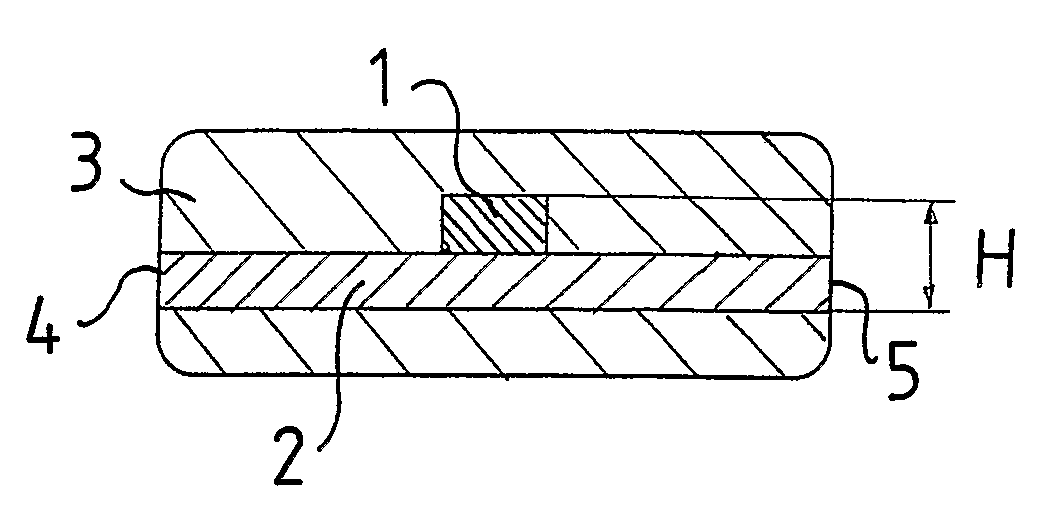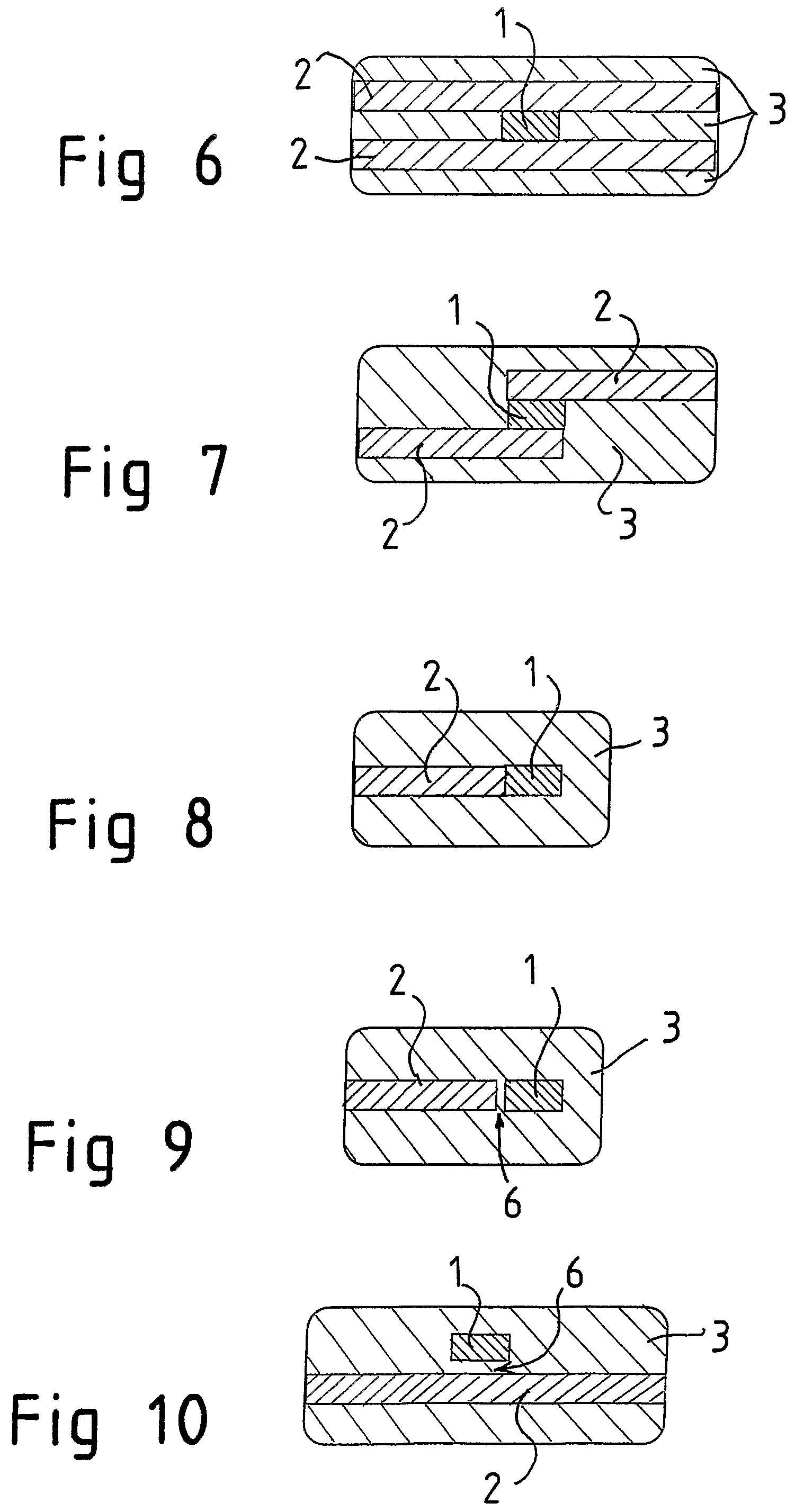Optical fiber with mode sink
a technology of optical fiber and mode sink, which is applied in the field of optical fiber, can solve the problems of not carrying out detailed vertical bending analysis at that time, affecting the quality of optical fiber, and difficult to meet contradicting requirements with conventional fibers, etc., and achieves less sensitive, large dimensions, and larger refractive index differences.
- Summary
- Abstract
- Description
- Claims
- Application Information
AI Technical Summary
Benefits of technology
Problems solved by technology
Method used
Image
Examples
Embodiment Construction
[0040]Reference will now be made in detail to the embodiments of the present invention, examples of which are illustrated in the accompanying drawings.
[0041]FIGS. 1-12 show optical fibers which act as slab-coupled waveguides and in which the mutual arrangement of core and slab vary.
[0042]In all embodiments the optical fiber has a core 1, which is responsible for the horizontal confinement of the fiber's fundamental mode. In all FIGS. 1-12 the core is illustrated as a simple rectangle, but it should be noted that the core may have an arbitrary two-dimensional shape, and it may be e.g. circular. It may also be made of several materials.
[0043]Further, the fiber comprises a slab 2 which is placed in the vicinity of the core. The slab 2 extends substantially in a plane. The slab acts as a mode sink for the core 1 and is at least three times wider than the core 1. In all FIGS. 1-12 the slab is illustrated as a simple rectangle, although it can have a more complicated structure. In particu...
PUM
 Login to View More
Login to View More Abstract
Description
Claims
Application Information
 Login to View More
Login to View More - R&D
- Intellectual Property
- Life Sciences
- Materials
- Tech Scout
- Unparalleled Data Quality
- Higher Quality Content
- 60% Fewer Hallucinations
Browse by: Latest US Patents, China's latest patents, Technical Efficacy Thesaurus, Application Domain, Technology Topic, Popular Technical Reports.
© 2025 PatSnap. All rights reserved.Legal|Privacy policy|Modern Slavery Act Transparency Statement|Sitemap|About US| Contact US: help@patsnap.com



